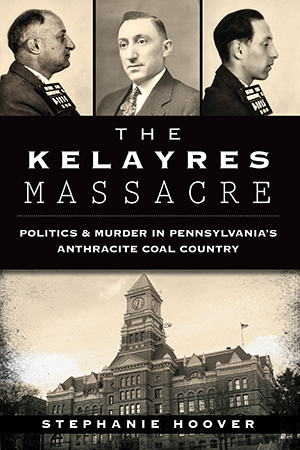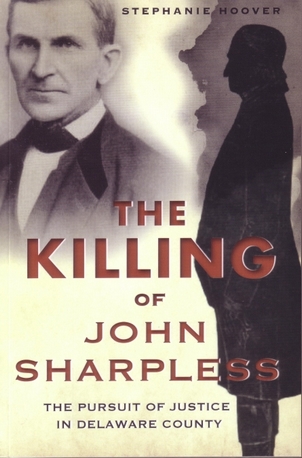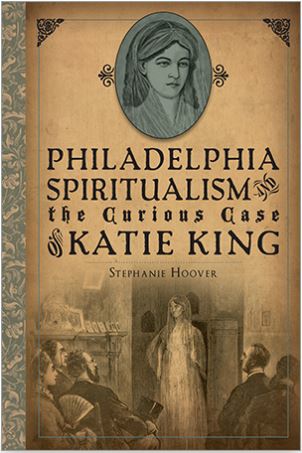A Discussion of the Forms of Military Service in Pennsylvania During the Revolutionary War
© Stephanie Hoover - All Rights Reserved
If you have Pennsylvania ancestors who served in the Revolutionary War, you may be confused by the varying names for forms of service. Were your ancestors part of the Pennsylvania Line? The Flying Camp? Maybe they were militia or Rangers. Or were they Associators? The following is a brief explanation of the differences between these branches of service.
Largely due to its Quaker roots, Pennsylvania did not initially (like neighboring colonies) form a standing militia. Instead, it protected itself with the passage of temporary laws authorizing organized militias. Militias were paid out of Pennsylvania's then-functioning provincial treasury. As such, they were subject to the orders of the Provincial Assembly.
In 1747, Ben Franklin (only 39 years of age at the time) created the Philadelphia Militia Association, a completely volunteer force totalling 10,000 enrollees. Similar groups, commonly known as Associators, soon sprang up in surrounding counties. These groups assisted state-controlled - yet still temporary - militias.
At the outbreak of the Revolutionary War, so many men volunteered to join the Associators that a more formal operating structure was required. Subsequently, management of these troops was assumed by the Continental Congress. Associators remained independent of the Continental (Pennsylvania) Line which was comprised of regular, enlisted infantrymen. And, they were still separate from the militias sanctioned by Pennsylvania's Provincial Assembly.
When America officially declared its independence from Great Britain, it was clear more troops were needed to fight in the revolution. Congress called for a Flying Camp to serve under General George Washington. Flying Camps were what we today might call mobile military reserves. They required six-month enlistments. In Pennsylvania, the Associators once again stepped up to fill these roles, but the cost and commitment of their near continuous service were growing burdensome. In response to the Associators' building dissatisfaction, the Provincial Assembly passed a tax on men aged 16 to 50 who did not volunteer, and paid a bonus to those who did. Unfortunately, neither this stick nor the carrot achieved the desired results.
In 1776, the state's Provincial Assembly was replaced by a General Assembly and a new Pennsylvania constitution. There were hopes that under this new form of government military service would become mandatory. In March 1777, this indeed occurred. All white men, aged 15 to 53, were conscripted into military service - although there was no real punishment for those who refused. Most of the Associators now disbanded. In their place came a complex system of county battalion classes and officers whose seniority was chosen by the drawing of lots.
Concurrent with the establishment of county militias was the creation of five companies of Rangers. Like the Associators, they were volunteers. In contrast, however, they received uniforms and arms from the state. Rangers committed to prolonged enlistment periods and rather than fight the war for independence, they patrolled Pennsylvania's western frontier, often fending off Indian attacks.
Eighty years after becoming the United States of America, the nation suffered a Civil War. This time, the question of military service was no longer optional. Congress passed the first national conscription act in the country's history. All males aged 20 to 45 - including immigrants seeking citizenship - had to register for the draft. A separate article discussing the various form of military service during this conflict will be added in the near future.


